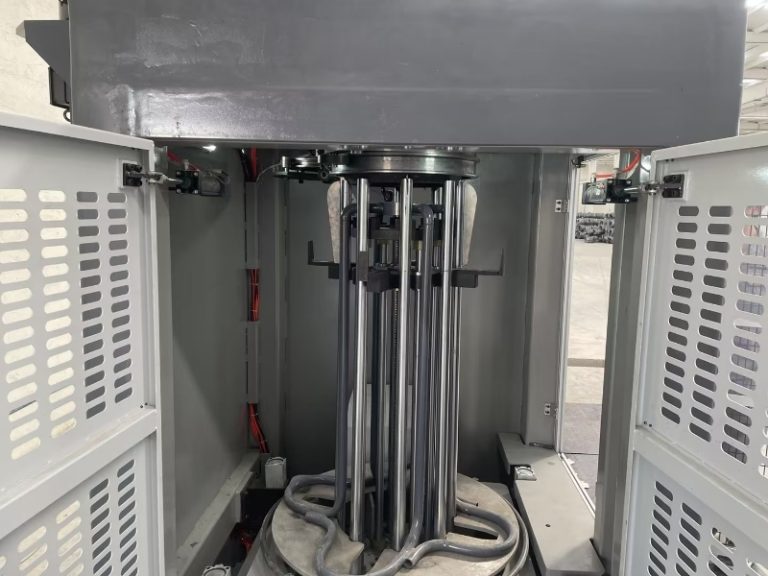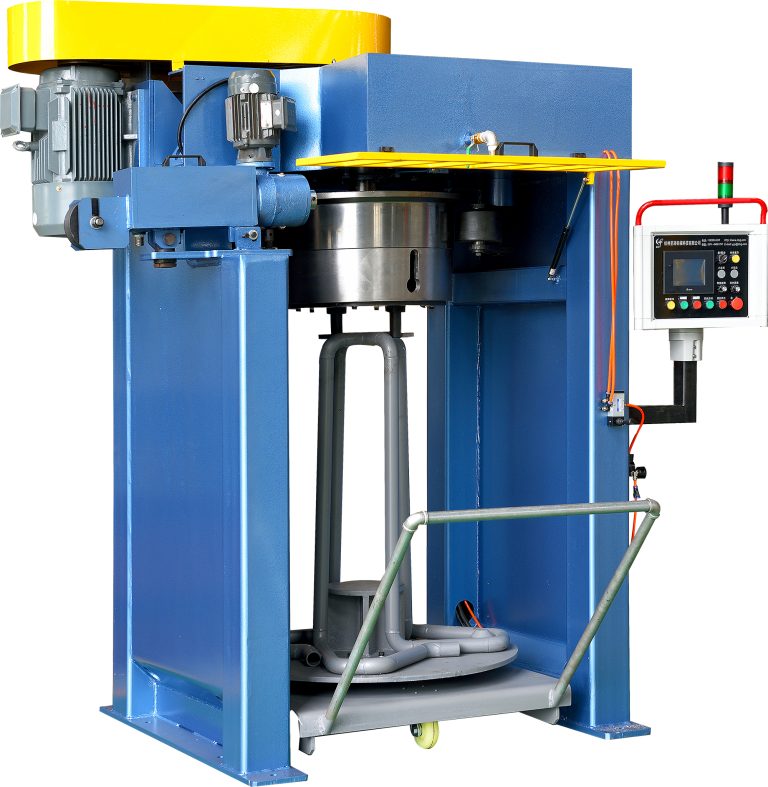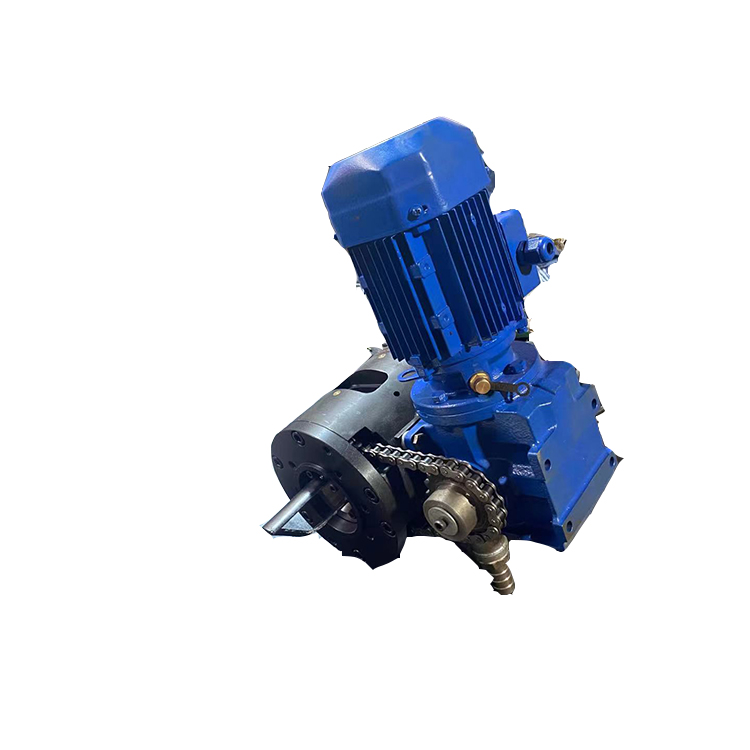Maintenance Tips for Steel Brush Descaler in Wire Drawing Process
Steel brush descalers are an essential tool in the wire drawing process, helping to remove scale and impurities from the surface of the wire to ensure a smooth and consistent finish. Proper maintenance of these descalers is crucial to ensure their effectiveness and longevity. In this article, we will discuss some key maintenance tips for Cleaning wire descaling and steel brush machine in the wire drawing process.
One of the most important maintenance tasks for steel brush descalers is regular cleaning. Over time, the brushes can become clogged with debris and scale, reducing their effectiveness. To prevent this buildup, it is important to clean the brushes regularly, either by manually removing debris or using a cleaning solution. This will help to ensure that the brushes are able to effectively remove scale and impurities from the wire surface.
In addition to regular cleaning, it is also important to inspect the brushes for wear and tear. Over time, the bristles on the brushes can become worn down, reducing their effectiveness. If the bristles are worn or damaged, they should be replaced to ensure that the descaler continues to work properly. Regular inspections of the brushes can help to identify any issues early on and prevent more serious problems from developing.
Another important maintenance tip for Steel Brush Descaler For Wire Drawing Process is to lubricate the brushes regularly. Lubrication helps to reduce friction between the brushes and the wire, allowing them to move more smoothly and effectively remove scale and impurities. It is important to use a lubricant that is compatible with the materials being processed to prevent damage to the wire or the descaler. Regular lubrication can help to extend the life of the brushes and ensure that the descaler continues to work effectively.

In addition to regular cleaning, inspection, and lubrication, it is also important to properly store steel brush descalers when not in use. Storing the descalers in a clean, dry environment can help to prevent rust and corrosion, which can damage the brushes and reduce their effectiveness. It is also important to store the descalers in a secure location to prevent damage or theft. Proper storage can help to extend the life of the descalers and ensure that they continue to work effectively in the wire drawing process.
Overall, proper maintenance of steel brush descalers is essential to ensure their effectiveness and longevity in the wire drawing process. Regular cleaning, inspection, lubrication, and storage can help to prevent issues and ensure that the descalers continue to work properly. By following these maintenance tips, wire drawing manufacturers can help to maximize the performance of their descalers and achieve a smooth and consistent finish on their wire products.
How to Choose the Right Steel Brush Descaler for Wire Drawing
Wire drawing is a process used in various industries to reduce the diameter of a wire by pulling it through a series of dies. This process is essential for producing wires of different sizes and shapes for applications such as electrical wiring, cables, and springs. One crucial step in the wire drawing process is descaling, which involves removing any oxide or scale buildup on the surface of the wire. This is where a steel brush descaler comes into play.
Steel brush descalers are used to clean the wire surface before it goes through the drawing dies. They help improve the quality of the wire by removing any impurities that could affect its performance. Choosing the right steel brush descaler for your wire drawing process is crucial to ensure optimal results. Here are some factors to consider when selecting a Mechanical brush descaler:
First and foremost, you need to consider the type of wire you are working with. Different wires have different surface characteristics, which may require specific types of steel brush descalers. For example, stainless steel wires may require a softer brush to prevent scratching, while carbon steel wires may need a more abrasive brush to remove tough scale buildup.

Another important factor to consider is the size of the wire you are working with. The diameter of the wire will determine the size of the steel brush descaler needed. A descaler that is too small may not effectively clean the entire surface of the wire, while a descaler that is too large may cause damage to the wire.
The speed at which the wire is drawn also plays a role in choosing the right steel brush descaler. Higher drawing speeds may require a more aggressive descaler to effectively remove scale buildup, while lower speeds may only need a softer brush to clean the wire surface.
It is also essential to consider the material of the steel brush descaler. Stainless steel brushes are commonly used for descaling applications due to their durability and resistance to corrosion. However, other materials such as brass or nylon may be more suitable for specific wire types or applications.
Additionally, the design of the steel brush descaler is crucial for optimal performance. Look for a descaler that has adjustable settings to control the pressure and speed of the brush. This will allow you to customize the descaling process based on the specific requirements of your wire drawing operation.
When choosing a steel brush descaler, it is essential to consider the overall quality and reputation of the manufacturer. Look for a reputable supplier that offers high-quality products and excellent customer support. A reliable manufacturer will provide guidance on selecting the right descaler for your specific needs and offer ongoing maintenance and support to ensure optimal performance.
In conclusion, choosing the right steel brush descaler for your wire drawing process is essential for achieving high-quality results. Consider factors such as the type and size of the wire, drawing speed, material of the descaler, design, and manufacturer reputation when making your selection. By taking these factors into account, you can ensure that your wire drawing operation runs smoothly and efficiently, producing wires of the highest quality.






